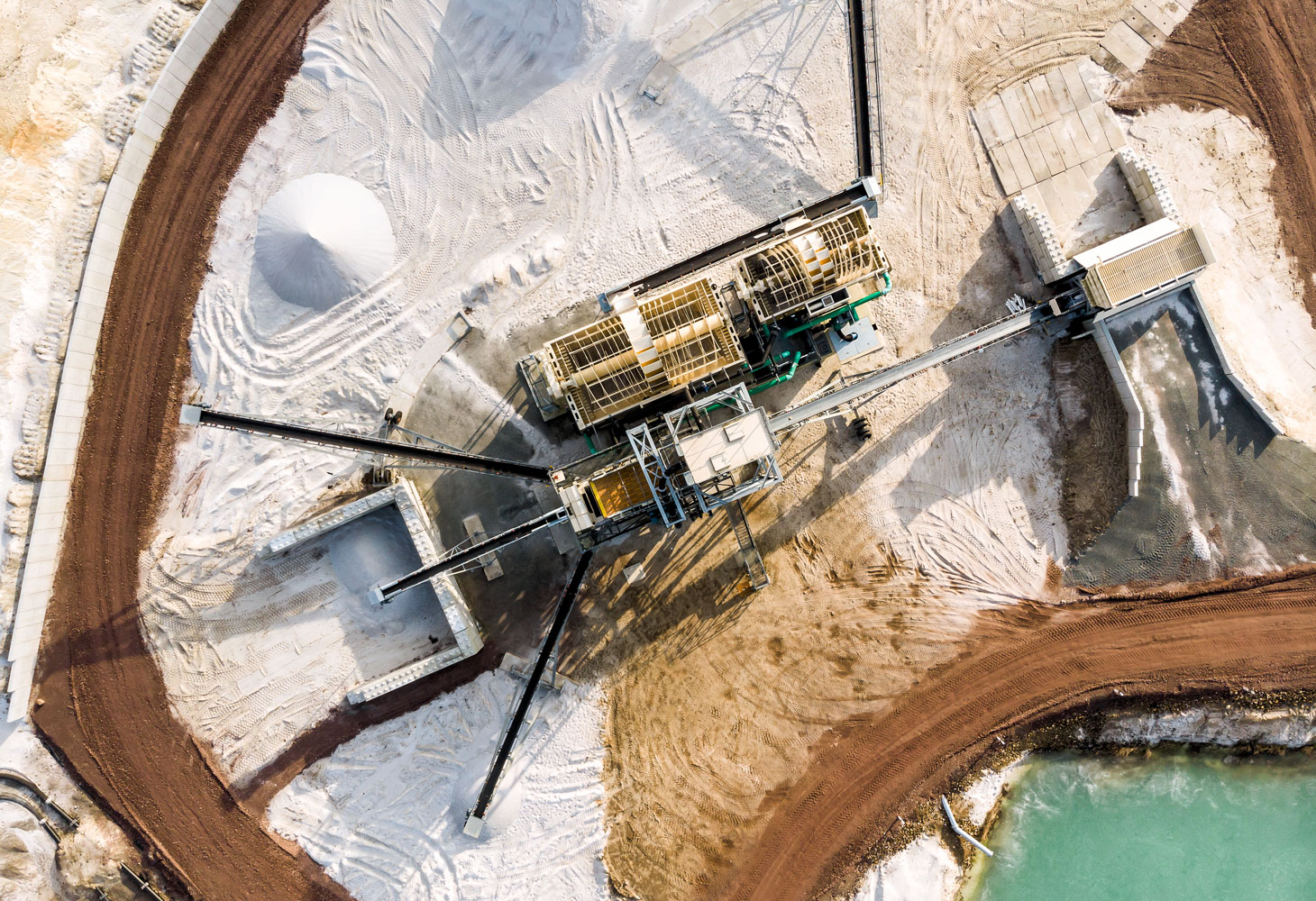
Peak lube versus peak value?
Marion King Hubbert, an American geologist and geophysicist, is often credited with introducing the notion of “peak oil”. In 1962, the former Shell employee predicted that a maximum rate of extraction of petroleum would be reached near the year 2000, at which point global oil production would start an interminable decline.
Hubbert’s projection was incorrect. However, with a negative volumetric outlook for lubricants over the immediate future, questions are being asked as to whether we have reached “peak lube”. In a post-Covid-19 world, value-driven opportunities may be more interesting than volume, says Annie Jarquin, director of business development at U.S.-based market intelligence company Kline. Speaking at an ILMA Virtual Town Hall Meeting on 16 September 2020, Jarquin offered insight into how to find metalworking fluid (MWF) and industrial lubricant value pools post-Covid-19.
Downward pressure on lubricant volumes is being caused by reduced levels of operation and output, and distressed financials leading to suboptimal practices. Increasing costs due to Covid-19-related safety requirements and capability gaps will also place pressure on commercial conditions and pricing, says Jarquin. Some industries will take years to recover, she says.
U.S. light vehicle production is expected to reach pre-Covid-19 levels in mid-2022, whereas truck production does not attain pre-Covid-19 numbers in a five-year outlook, according to projections by LMC Automotive. Aerospace, one of the hardest hit industries, will experience a 50% reduction in aircraft production in the next three years, suggests American management consulting firm Oliver Wyman.
Covid-19 has had an immediate impact on lubricant demand. Jarquin stressed to ILMA members that long-term trends that existed pre-Covid-19 — and are lowering consumption — will continue, including longer drain intervals, growth of synthetic lubricants, waste minimisation, technology advancements and prefabrication. The question is whether Covid-19 will accelerate existing trends, she says.
Despite positive pre-Covid-19 growth for end-user metalworking fluid (MWF), the volumetric outlook for MWF is negative. Kline forecasts a compound annual growth rate (CAGR) of negative 1-2% to 2025. When demand in the primary industry you serve is down, how and where can you capture new opportunities? ILMA members need to reevaluate their businesses to find new value pools, says Jarquin.
In these uncertain times, it is important to look for more sophisticated ways to gain foresight. Forecasting requires a business to look beyond their immediate customers and supply partners to the entire value chain, says Jarquin. Understanding the outlook for your industry is essential, in particular, what are the end-use drivers and what data can we find on them? Market indicators such as industrial output, manufacturing indexes and the Purchasing Managers Index (PMI)—an indicator of economic health for manufacturing and service centres—are critical. Equally valuable is sector-specific data such as production output, utilisation rates, new orders, and energy usage.
Tracking interdependencies between sectors to assess demand drivers and allow better forecasting is also important, says Jarquin. For example, the vehicle sales outlook impacts automotive manufacturing and its supply chain, as well as tyre manufacturing, demand for metals and mining. Understanding the end-use sector outlook is essential in predicting future MWF demand. If a particular sector is distressed, businesses need to consider how they can leverage their product’s unique features and benefits across other end-use sectors to maintain sales, says Jarquin.
 Jim Carroll, executive vice president of operations at Schaeffer Manufacturing and a panellist at the ILMA Town Hall Meeting, highlighted turmoil in the global grease industry due to Covid-19. India produces approximately 95% of 12-hydroxystearate, an important ingredient in the manufacture of lithium complex grease. In March, India halted all production due to the pandemic, demonstrating how fragile the grease supply chain can be, says Carroll. While ILMA and the United States Government were successful in reopening supply, a 6% swing away from lithium thickener greases has occurred—with calcium sulphate and polyurea the major beneficiaries. Even as lithium prices flatten out, volatility in the market for raw materials remains. The trend to alternative thickeners is likely to continue, says Carroll. Several OEMs have shifted their house brands to polyurea, and operators are looking at their supply chains closely, he says.
Jim Carroll, executive vice president of operations at Schaeffer Manufacturing and a panellist at the ILMA Town Hall Meeting, highlighted turmoil in the global grease industry due to Covid-19. India produces approximately 95% of 12-hydroxystearate, an important ingredient in the manufacture of lithium complex grease. In March, India halted all production due to the pandemic, demonstrating how fragile the grease supply chain can be, says Carroll. While ILMA and the United States Government were successful in reopening supply, a 6% swing away from lithium thickener greases has occurred—with calcium sulphate and polyurea the major beneficiaries. Even as lithium prices flatten out, volatility in the market for raw materials remains. The trend to alternative thickeners is likely to continue, says Carroll. Several OEMs have shifted their house brands to polyurea, and operators are looking at their supply chains closely, he says.
NLGI’s new grease specification may provide an opportunity for grease manufacturers. The organisation has unveiled a program to certify high performance multi-use grease that will allow manufacturers to differentiate against a commodity-type product and talk about total cost of ownership as opposed to price per pound. This could be a “game-changer”, says Carroll. It will force people to look at ways to produce a better quality or a better performing product.
The NLGI specification is one of several opportunities to seize value post-Covid-19. Richard Camper, executive vice president at Pacific Precision Formulators, emphasised a heightened level of awareness around health and safety. Camper suggests this hypersensitivity will manifest itself in companies reviewing safety data sheets (SDS) far more closely. ILMA members need to educate end-users on danger hazards on labels to allay their fears, he says. The current health crisis provides an opportunity for lubricant suppliers to demonstrate their knowledge to customers and an opening for deeper engagement.
Deeper engagement enables businesses to uncover opportunities for added value. Are your customers looking to enter new markets? Are there occasions for advanced formulation, customisation of products or standardisation? Do they need MWF formulations to improve performance and safety? Engagement may not lead to more value today but investing in relationships and customer intimacy may deliver future value for your business.
 The devastating impacts of Covid-19 mean not all competition will survive. While this is heart-breaking for those affected, it does offer opportunities for lubricant businesses to attract new customers and take market share. It is important to follow the Covid-19 recovery closely and focus on more resilient and robust sectors and customers as they rebuild businesses, says Jarquin.
The devastating impacts of Covid-19 mean not all competition will survive. While this is heart-breaking for those affected, it does offer opportunities for lubricant businesses to attract new customers and take market share. It is important to follow the Covid-19 recovery closely and focus on more resilient and robust sectors and customers as they rebuild businesses, says Jarquin.
Scott Schwindaman, president and CEO of Lubrication Engineers Inc., believes it is important companies do not focus their efforts solely on OEM opportunities in new equipment. Repair and maintenance offer good value pools, he says. The age of vehicles is expected to reach an all-time high of 12.2 years, according to the Aftermarket Industry Association (AAIA), offering greater opportunities for repair and maintenance.
Despite the downturn, there are sectors that are booming right now, says Schwindaman. The ILMA vice president identified grease applications for outdoor recreational equipment, such as boats, jet skis and RVs, as a potential value pool as individuals swap their travel aspirations for outdoor entertainment. Schwindaman suggests a rebound in the agricultural sector may also be occurring, citing John Deere as one company struggling to meet demand.
Camper highlighted new lubricant opportunities with electric vehicles, and the need to adapt to a trend towards lighter and stronger materials. As manufacturing shifts back to the U.S., Camper also emphasised the growing role of robotics. This provides a unique opportunity for lubricants to be introduced by ILMA members, he says.








